A New Wonder Of The World
Everybody knows the tragedy of the “unsinkable” Titanic's collision with an iceberg, and most have seen James Cameron's 1997 film as well.
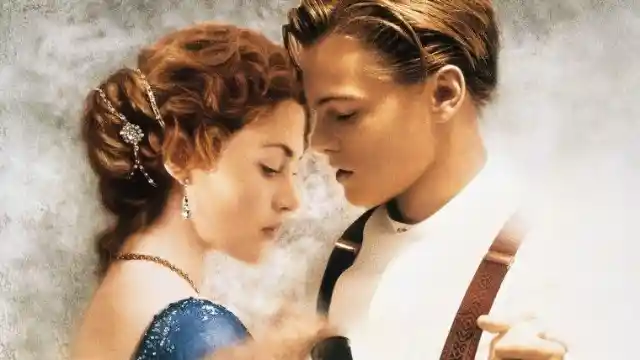
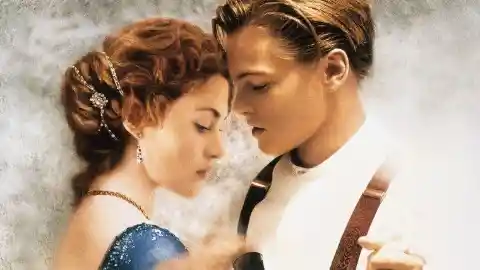
However, few have seen these breathtaking Titanic photos from the ship’s construction in the early 1900s, to the passenegers and crew on board, to the discovery of its wreckage in 1985.
The RMS Titanic was the world's largest passenger ship at the time it entered service. It was 882 feet long, making it the largest man-made, mobile object in the world.
That's A Ton Of Coal
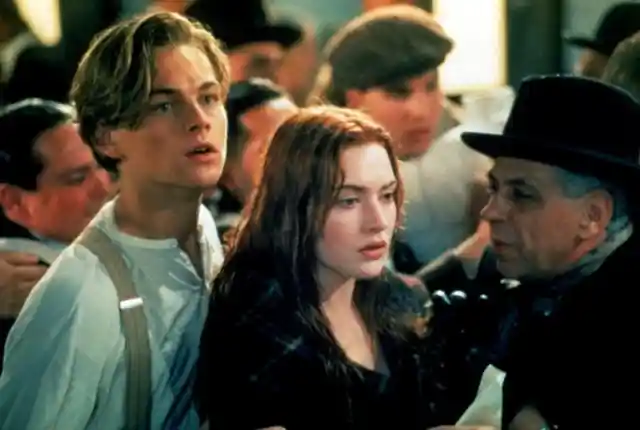
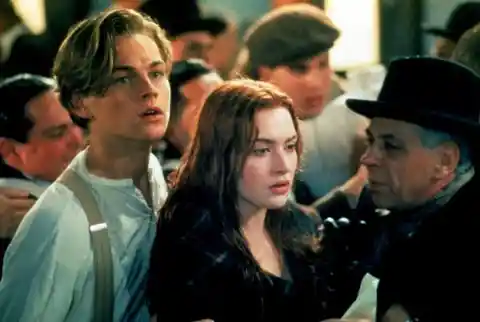
The largest passenger ship today dwarfs the Titanic at 1188 feet in length.
It took a team of 176 men to hand shovel roughly 600 tonnes of coal each day into furnaces beneath the passenger quarters of the ship. Almost 100 tonnes of ashes were dumped into the ocean each day.
The Floating Ritz-Carlton
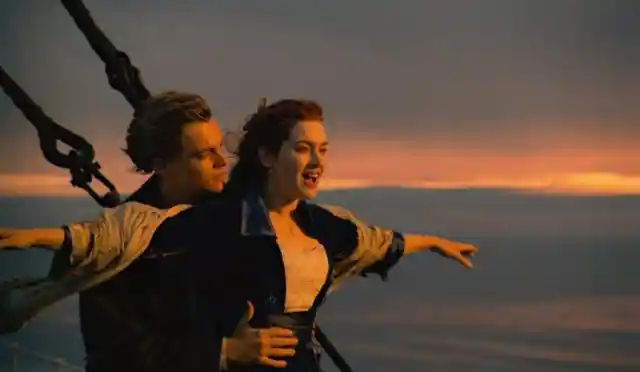
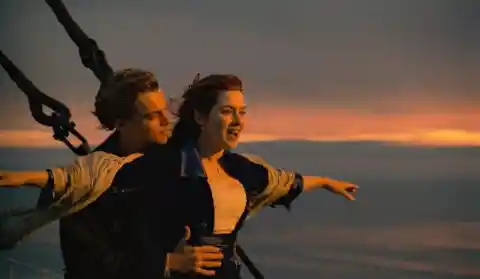
Can you imagine the fit environmentalists would have if they used that same method today?
The Ritz Hotel in London was the inspiration for the interior design of the vessel. Some of the facilities the Titanic had on board were extraordinary.
The Grand Staircase
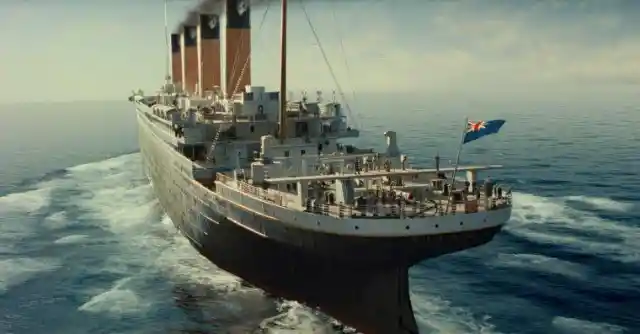
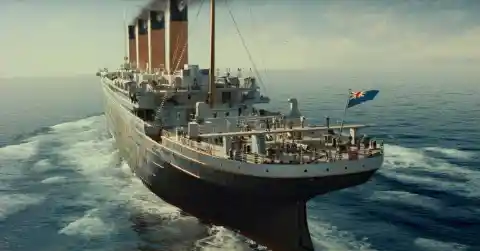
It had a gym, pool, Turkish bath, kennel for dogs, and a squash quart among many other lavish amenities.
The gargantuan ship had 10 decks, and the Grand Staircase descended down seven of them. It was made of oak paneling with bronze paintings.
Lifeboats
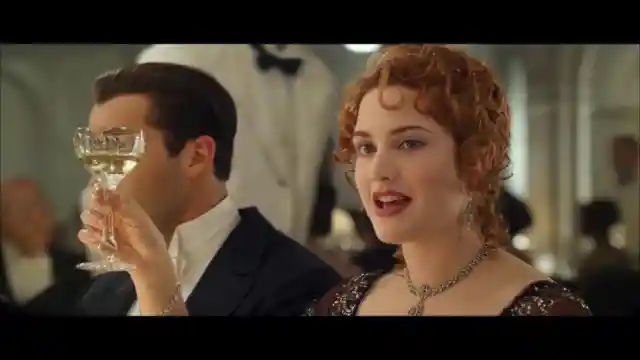
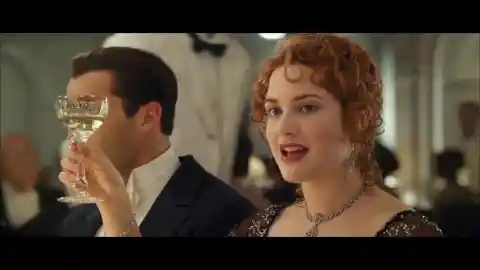
Today, the public can see replicas at the Titanic Museum, but they say it must've been much more mesmerizing to see them in person on that ship.
The Titanic carried more than the legally required amount of lifeboats, having just 16 on board. That was enough to accommodate 1,178 people, which was roughly one-third of the occupancy.
A Cursed Ship
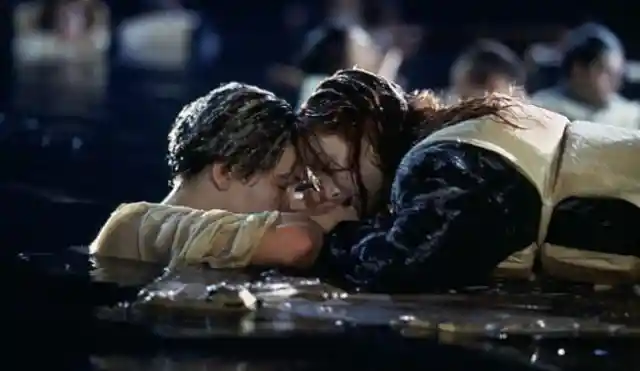
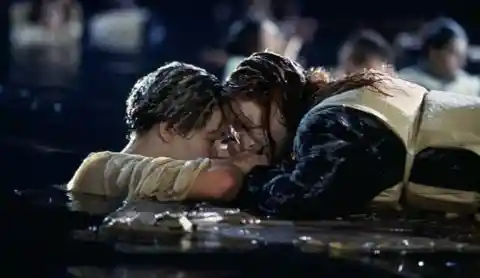
This tragedy is what's inspired the precautionary measures taken each day on ships small and large.
As we remember from the movie, there was a lot of death on the night the Titanic hit that iceberg, but did you know the ship claimed lives before it ever set sail?
Easing Off With A Little Help


It was recorded that there were two deaths and 246 injuries throughout the construction of the ship, which took a little over two years.
The Skipway had to be well lubed so the Titanic could effectively push off and set sail on the River Lagan.
Pit-Stops
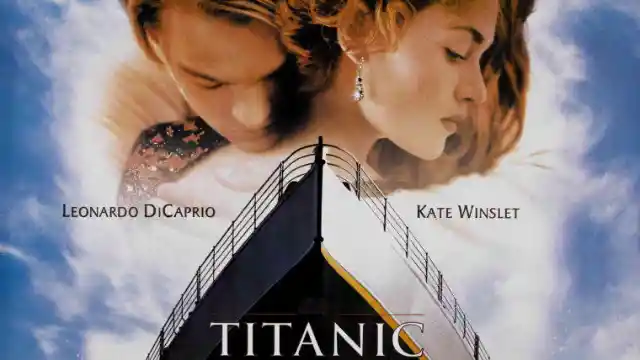
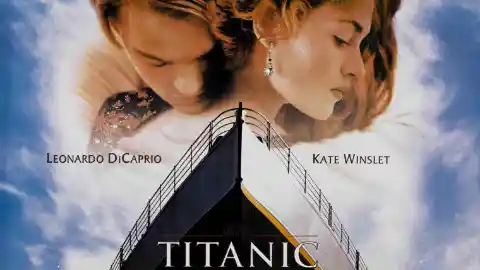
It took 22 tons of soap, rendered beef, and mutton fat, all smeared on the slipway to ease the initial push-off.
One thing the movie didn't show is that the ship actually made two stops after leaving Southampton. First, the Titanic stopped in Cherbourg, France, and then it stopped on Cobh, Ireland (as seen above).
Female Crew
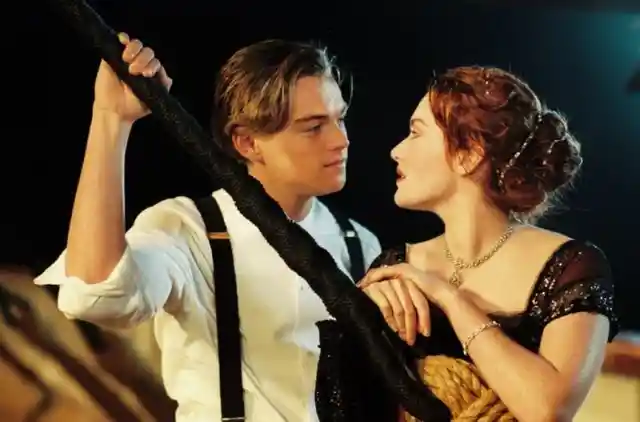
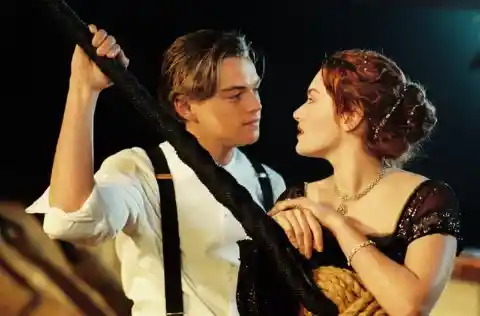
After the two stops, it took off across the Atlantic.
The Titanic required 885 crew members on board. Of that crew, only 23 were female.
Live Juke-Box
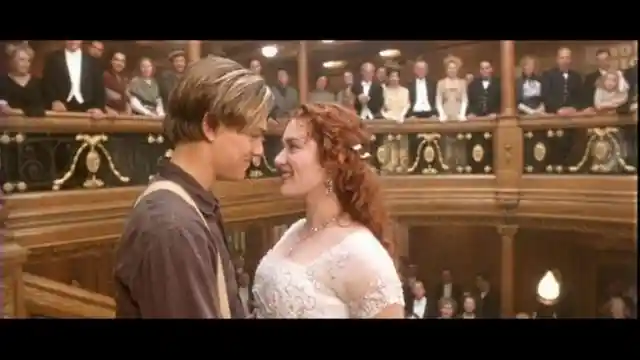
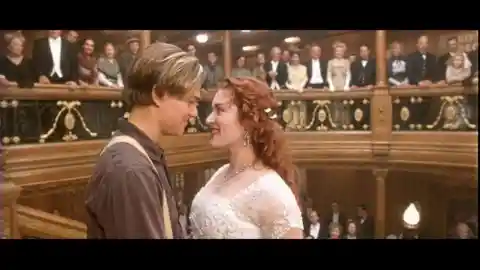
354 crew members were natives to Southampton, where the ship launched from, initially.
The First-class passengers had it made for them. Upon boarding, they were given a songbook that contained 352 songs of which they could make requests to the live orchestra at-will.
The Richest Man On Board
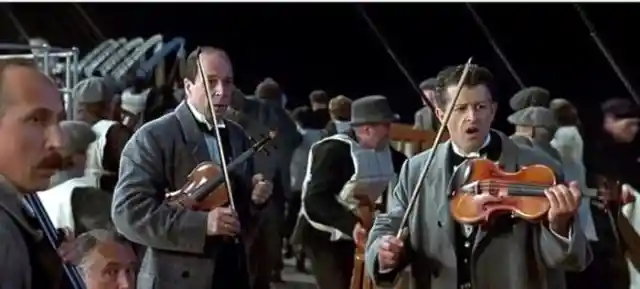

The Orchestra had to memorize each song so they didn't disappoint the wealthy passengers.
John Jacob Astor IV was easily the richest man on board with a net worth of $85 Million. Unfortunately, he died in the sinking of the Titanic.
Going Out Like Gentleman
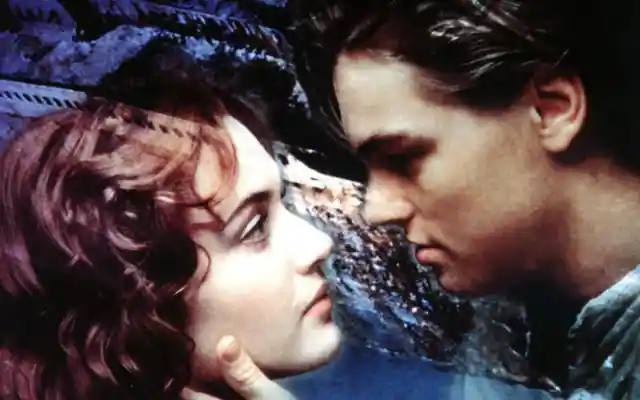
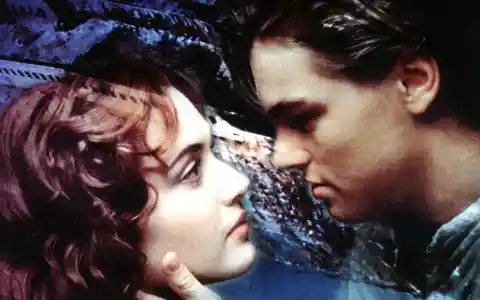
Today, his net worth would be around $2 Billion. It was reported that when the ship hit the iceberg, he said to the waiter, "I asked for ice, but this is ridiculous".
Benjamin Guggenheim was an American Businessman. He and his valet, Victor Giglio reportedly changed into their evening tuxedos, poured themselves a glass of brandy, and lit their cigars.
Novelty Tickets
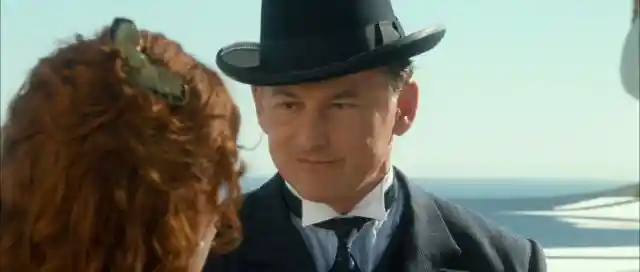
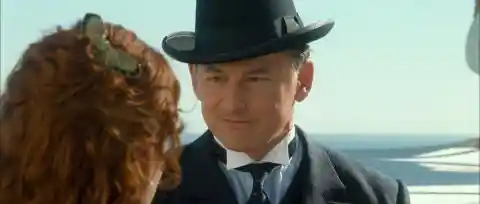
Guggenheim reportedly said, "We've dressed up in our best and are prepared to go down like gentlemen."
There were numerous tickets purchased for the first voyage of the Titanic whose owners never intended to make the voyage themselves. Some of those ticket holders include Milton S.
The Last Survivor
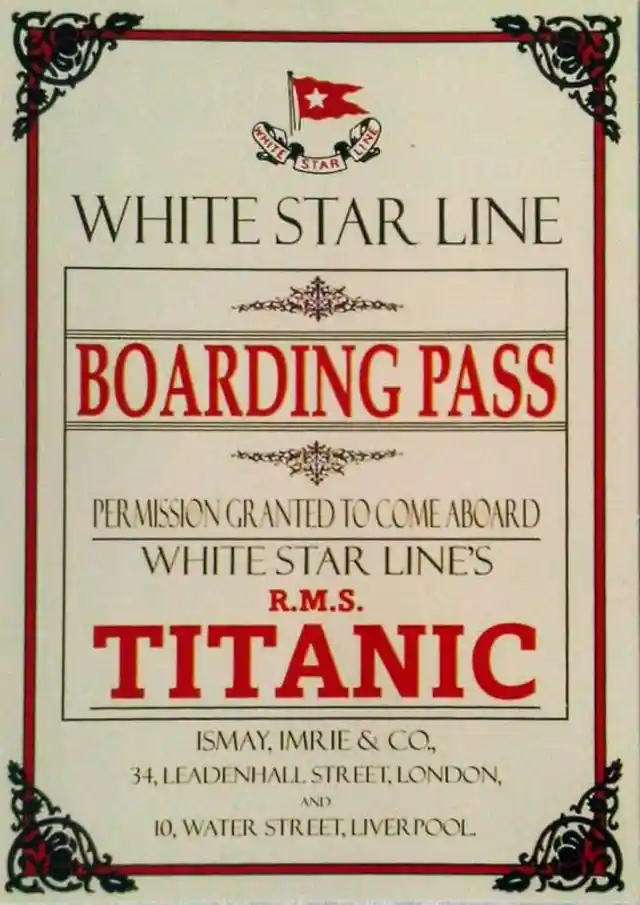
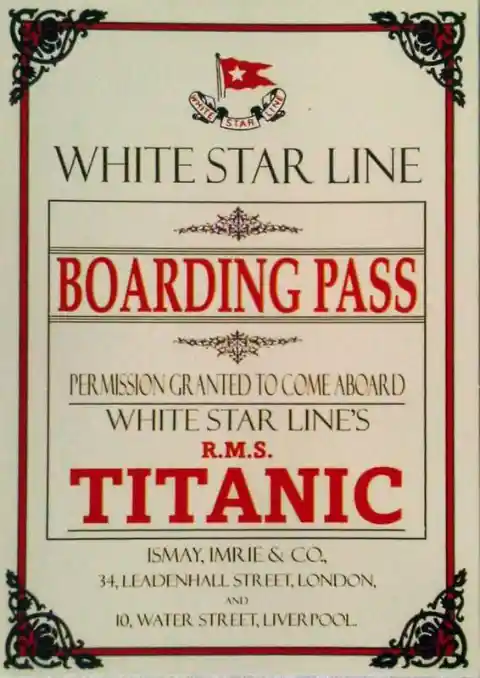
Hershey, the founder of Hershey's Chocolate, Guglielmo Marconi, who invented long-distance radio transmission, and Alfred Gwynne Vanderbilt, who was an extremely wealthy American businessman. Vanderbilt actually died just three years later on the RMS Lusitania.
Millvina Dean was just two months old when she was on the Titanic.
The Spotting
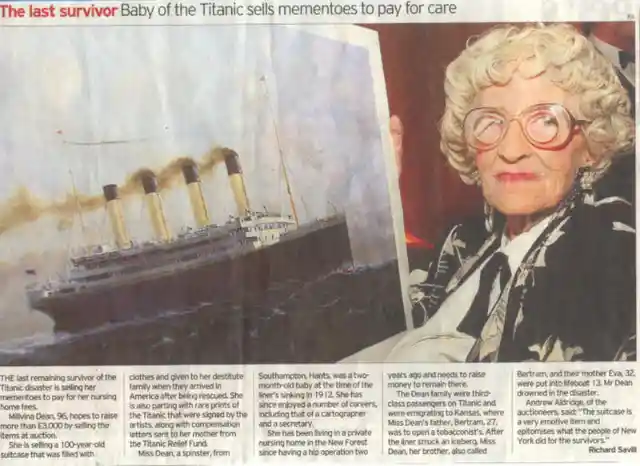
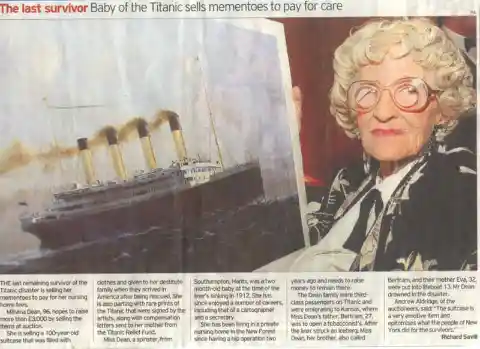
She was the last remaining survivor when she died on May 31st, 2009 at 97 years old.
It was almost midnight when the iceberg was spotted by Frederick Fleet who was the lookout in the crow's nest at the time. His words were said in the movie as well, "Iceberg!
The Iceberg
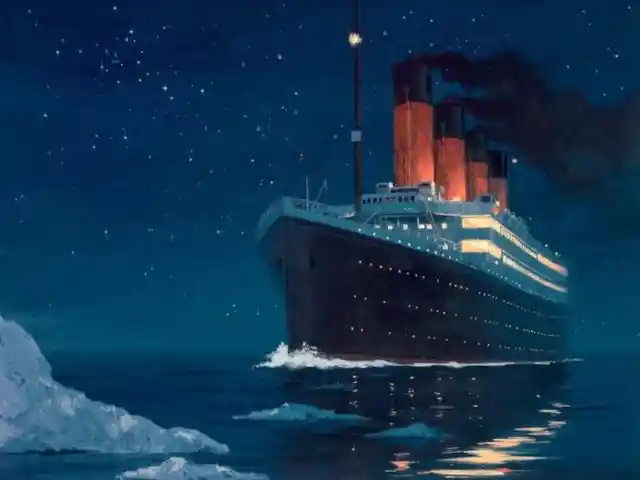
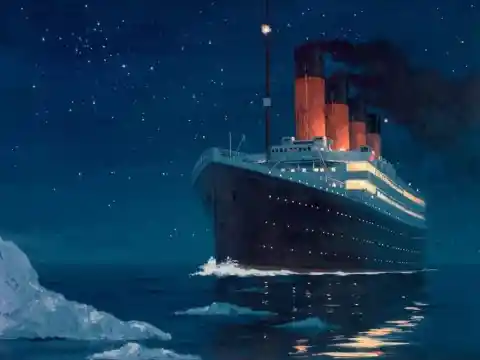
Right ahead!". He went on to be the lookout on the RMS Oceanic and even served in World War II.
The iceberg was roughly 100 feet tall before it was struck by the Titanic.
First Officer
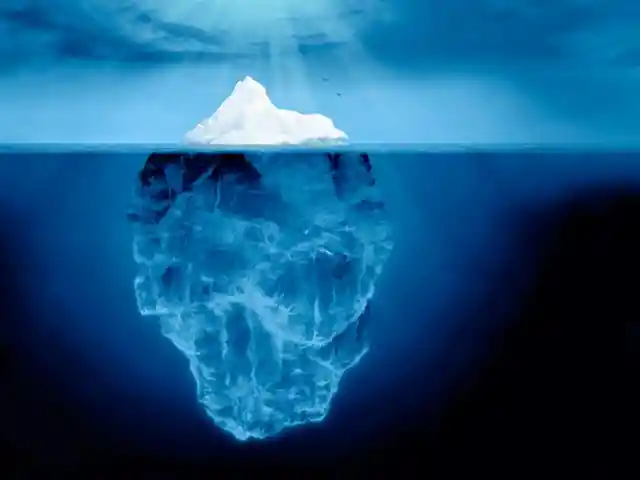
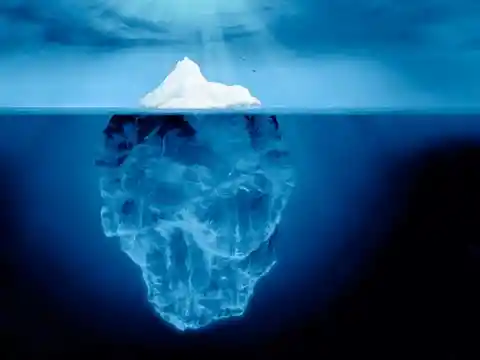
After Fleet spotted it, 37 seconds elapsed before the collision.
William McMaster Murdoch was the First Officer of the ship. As soon as Frederick Fleet spotted the iceberg, Murdoch ordered the ship to turn around, but it was too late by then. The ship was too large to make abrupt turns like that.
The Captain
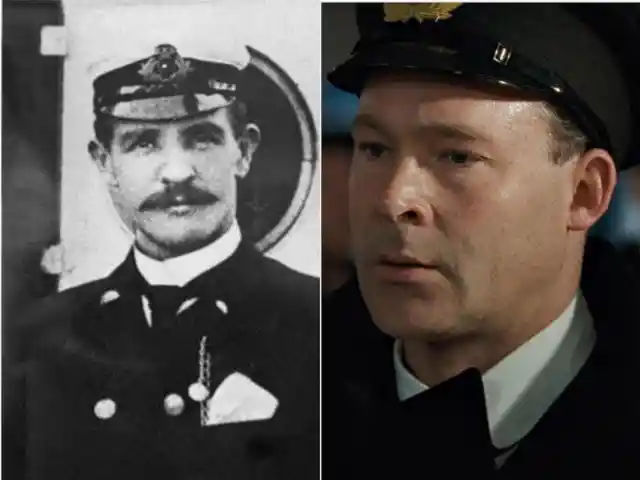
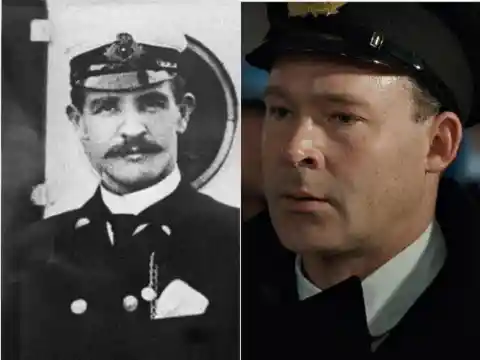
Murdoch went down with the ship in the early hours of April 15th, 1912. Scientists have now confirmed that if there was never an effort to turn the ship, and if it hit the iceberg head-on, the ship wouldn't have sunk.
Edward Smith's last words were, "Well boys, you've done your duty and done it well. I ask no more of you. I release you.
Warnings
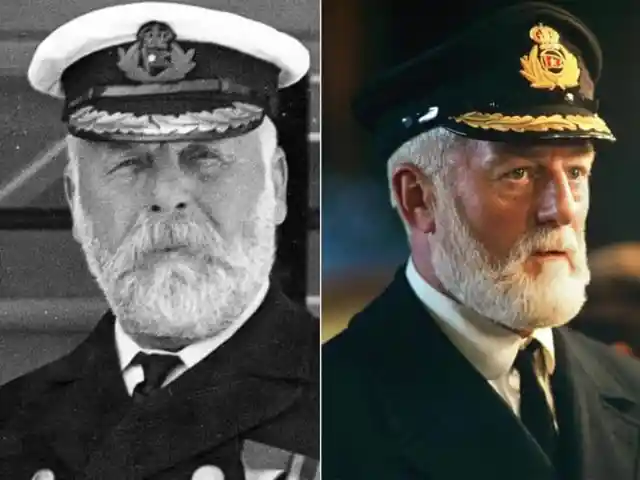
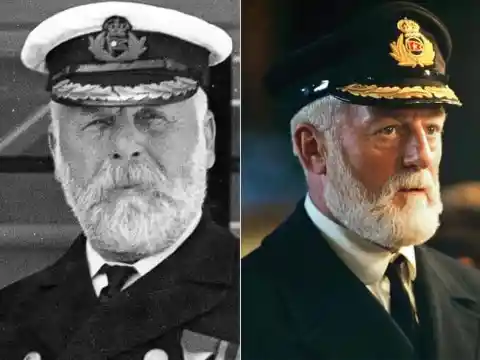
You know the rule of the sea. It's every man for himself now, and God bless you."
Despite being warned a total of six times, the Titanic met it's fate when it hit that iceberg. It's been speculated that a number of things could've avoided this disaster.
The Worst Kind Of Irony
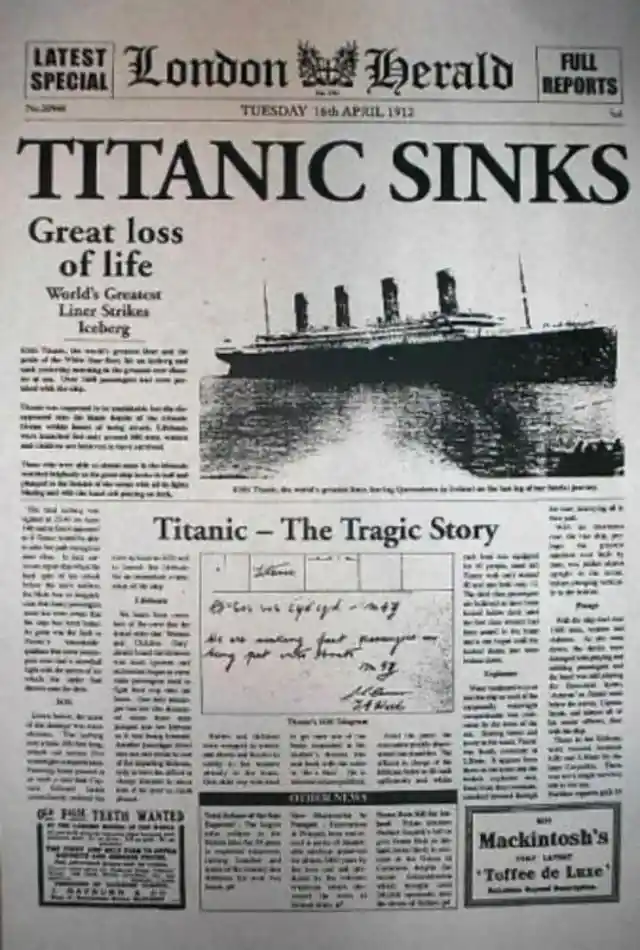
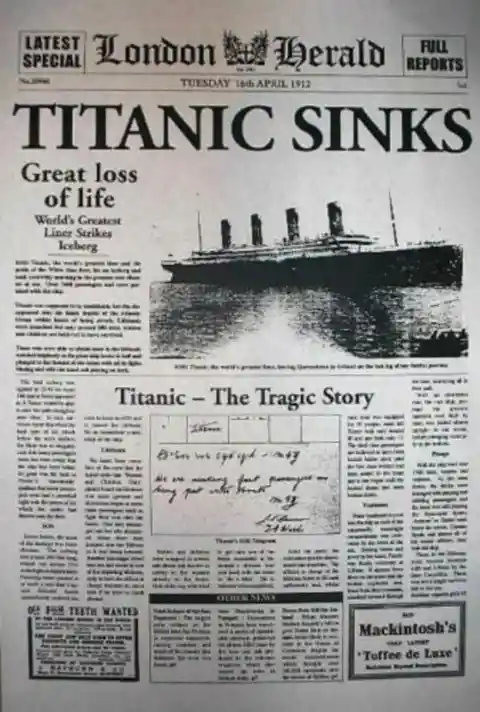
If they heeded the warnings, if the lookout had binoculars if they had hit the iceberg head-on instead of scraping the hull. History could've told a completely different story.
On April 14th, 1912, there was a lifeboat drill scheduled for everyone on board. It was cancelled that day for unknown reasons.
The Break-Up
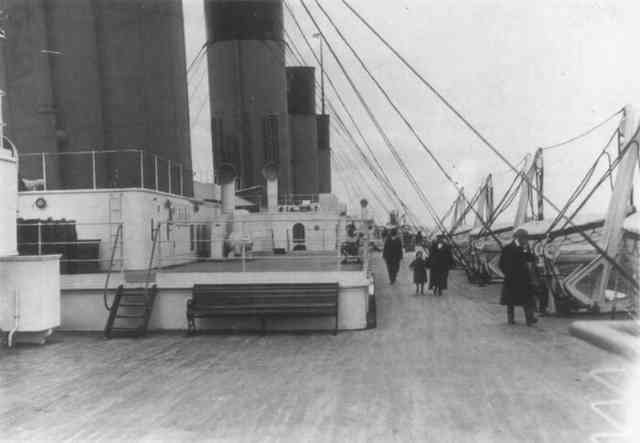
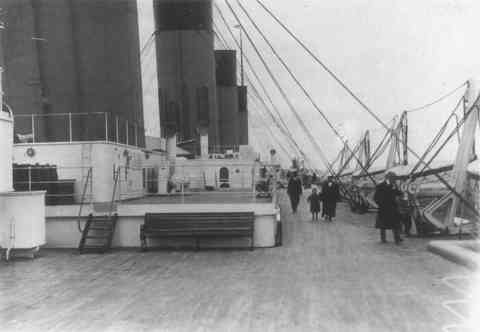
It's been speculated that they cancelled the drill because they knew they didn't have enough lifeboats, and they wouldn't have been able to answer everyone's' questions when they figured out how drastic that could be in the event of an emergency.
At 2:20am on April 15th, the Titanic broke in half as the sinking end of the ship had taken on so much water that it had been completely submerged, lifting the other end straight up in the air. The weight of the lifted side was too much for the middle to hold, causing the ship to snap.
Defying The Odds
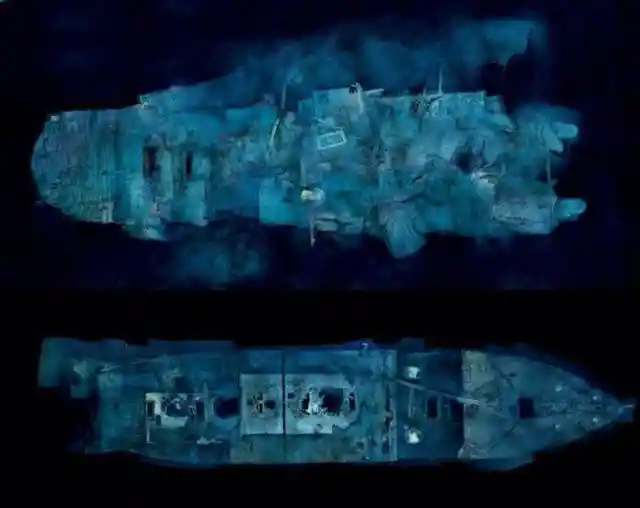
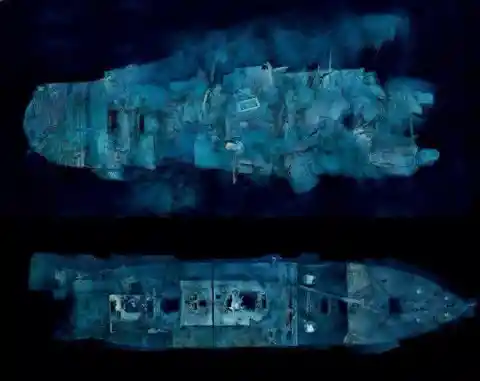
The water was only 28 degrees Fahrenheit, which means anyone left in the water wouldn't survive more than 15 minutes. It's been said that most dies within two minutes due to the shock of the cold water.
Charles Joughin was the ship's baker. He survived the cold waters for two hours before being rescued.
The Mucisians
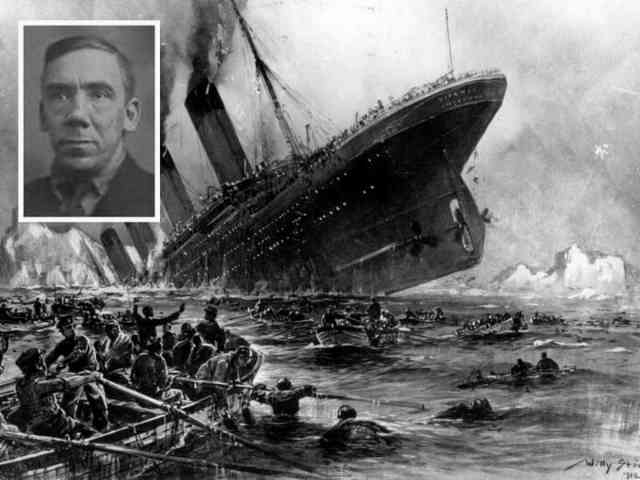
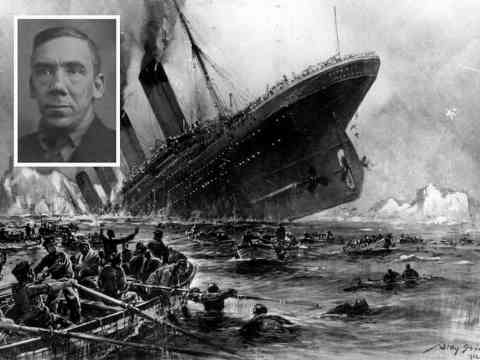
He practically had no signs of ill-effects which was stunning considering a number of people who died around him. He said he drank so much whiskey, that he didn't feel the cold water.
The band played their instruments for more than two hours while the ship slowly sank.
RMS Carpathia
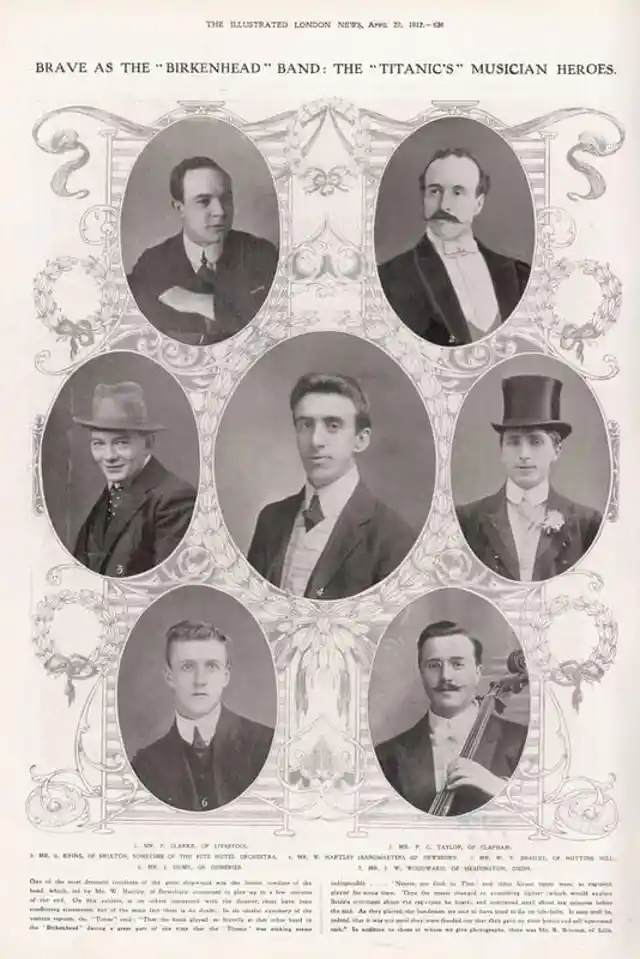
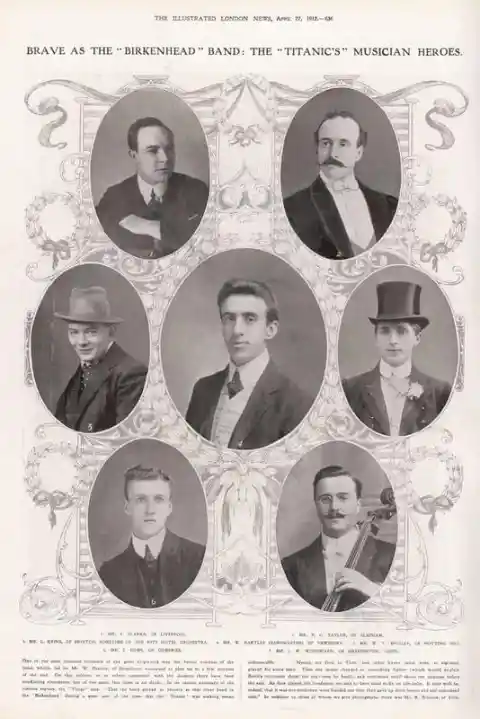
They were said to have played the most pleasant sounds they could think of to distract the passengers panicking before their imminent deaths.
The RMS Carpathia was the ship that came to the rescue for any survivors. It arrived at 4:00 am where it would take the remaining survivors and the rest originally on board to New York.
USS Californian
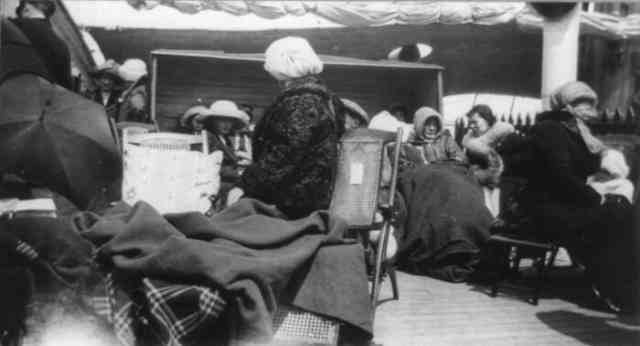
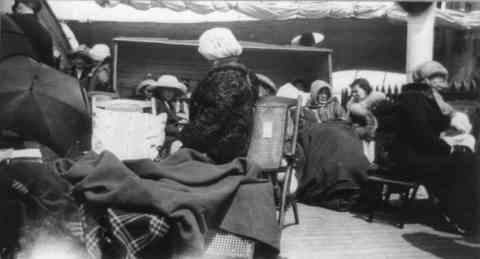
They carried a total of 40,000 to the U.S. shores.
The USS Californian received the distress call of the Titanic but ignored the call. Its crew was heavily criticized for their lack of action.
Recovered
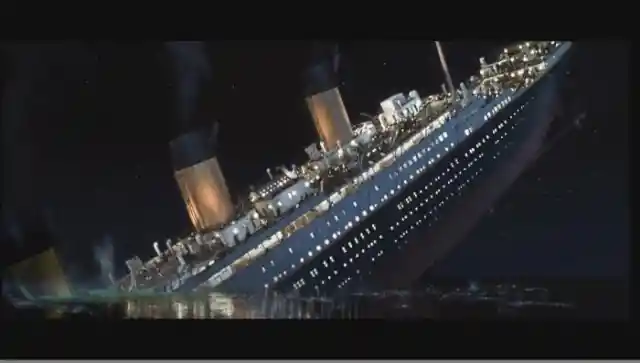
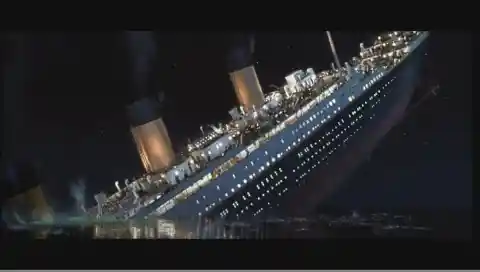
Three years later, the USS Californian was hit and sunk by German submarines.
When the wreckage had been approached to recover the dead, only 306 bodies had been found. They were all taken to Halifax, Nova Scotia.
Discovery
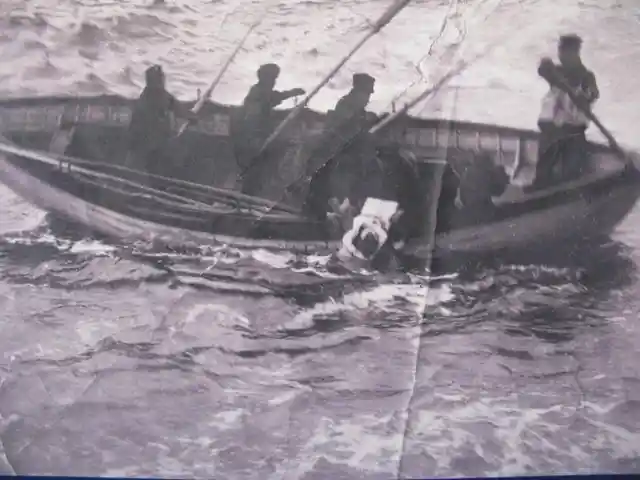
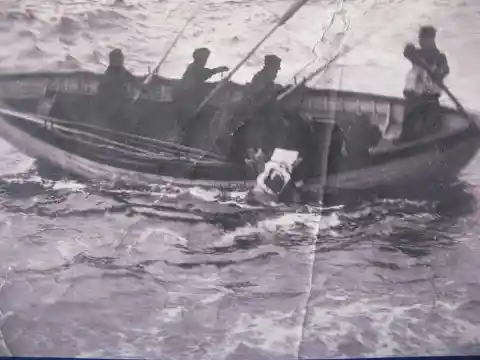
The rest of the bodies had either been taken to the bottom of the ocean floor with the overwhelming force of the sinking ship or had been swept away by the waters. It was easier for them to retrieve the bodies of those who were wearing life jackets.
The Titanic had been thought lost until it was finally discovered in 1985 off the coast of Newfoundland.
Deep Ocean Expeditions
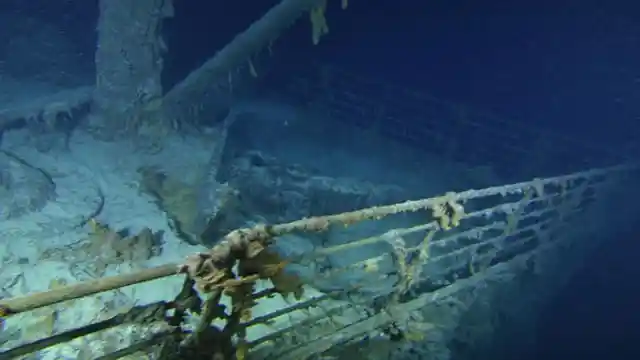
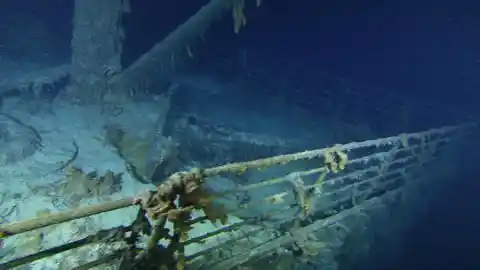
370 Miles off the coast, the gargantuan ship laid to rest 12,500 feet below the surface, on the bottom of the Atlantic.
Deep Ocean Expeditions was the marine dive specialist company that offered trips to the wreckage for almost $60,000 a trip.
Titanic
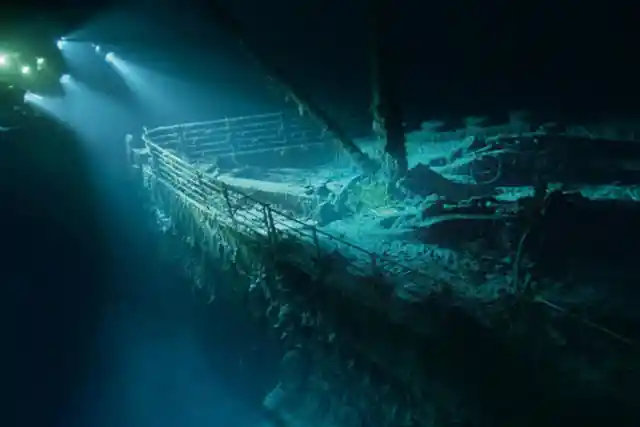
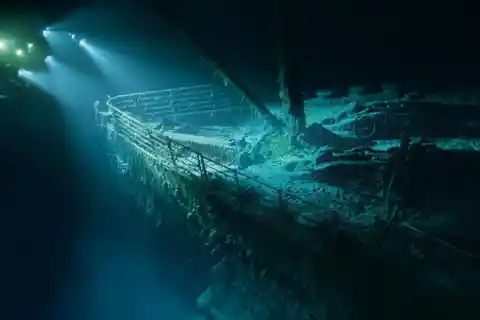
It would charter from the Russian Academy Of Sciences but they stopped offering the trips in 2012.
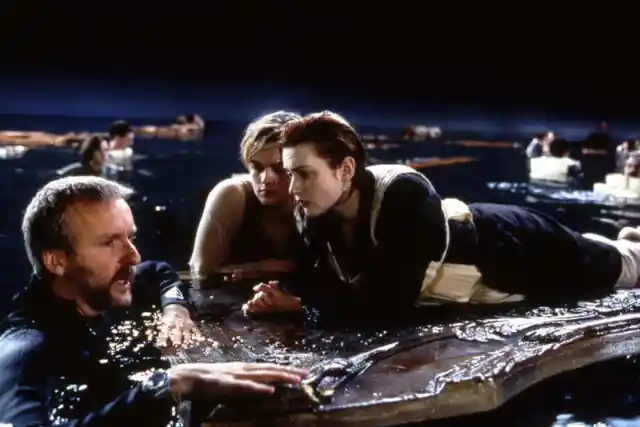
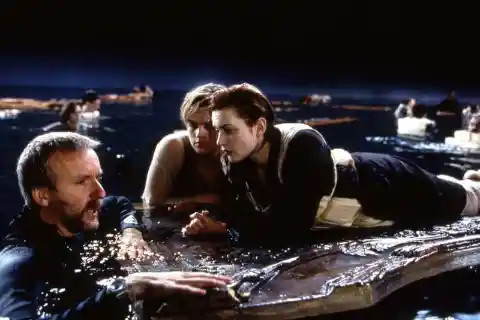
James Cameron's 1997 film grossed $2 Billion, won 11 Oscars, and is still one of the most successful films of all time, being made an instant classic.